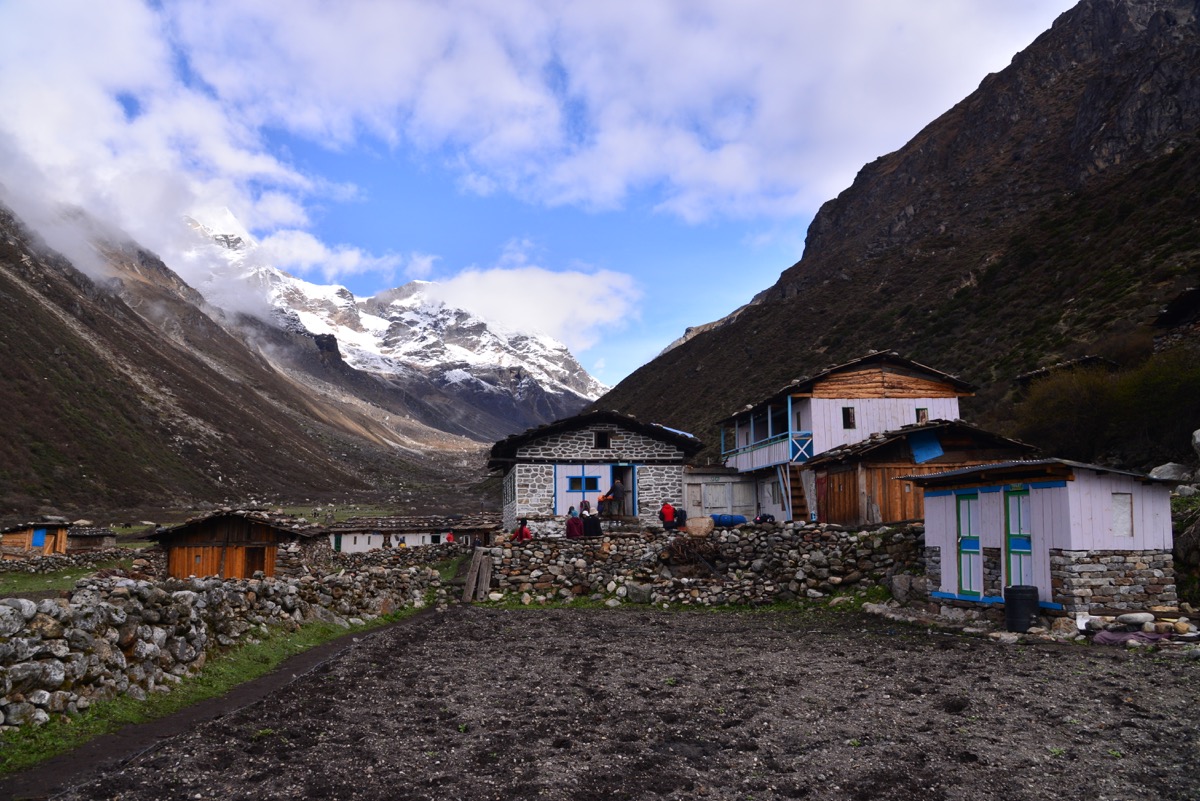Elevation of Kanchenjunga Circuit
Once you reach Ghunsa (approx 3,500 m) on day six of the Kanchenjunga circuit trek you will be sleeping for the next nine nights in elevations up to 4,800 m (At Lhonak).
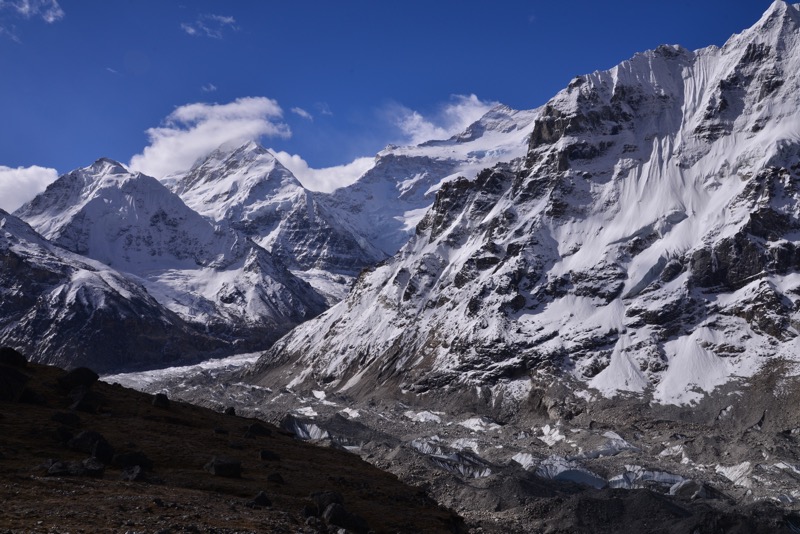
The highest point of the trek is at Pang Pema (Kanchenjunga north base camp) where you reach approximately 5,200 m.
The other high altitude spots are at Sele Le Pass (4,700 m) and Ramche (Kanchenjunga south base camp) which is approximately the same altitude.
Note: At 3,500 m the effective oxygen is only 13.2% and when you are at 5,200 m the effective oxygen is only 11%. This is categorized as ‘high’ and ‘very high’ altitude. At these types of elevations every step feels like you are running a marathon!
Preparation for High Altitude
With enough preparation and time anyone who is fit can do the Kanchenjunga circuit trek. No need to be super fit. The secret is to take things slow and allow your body to acclimatize to the altitude. And age is just a number! I have seen people of all ages doing this trek. Age has nothing whatsoever to do with your altitude related sickness risk.
Acclimatization is a must. You will see I have mentioned acclimatization days at Ghunsa and Kambachen.
Most trekkers start from Tapethok (approx 1,400 m) and follow the clockwise route to Ghunsa, which takes 5 days. It is here at Ghunsa where the real preparation for altitude starts. Ghunsa lies at 3,500 m which is the standard height where it is said altitude related problems can begin. Therefore it is essential to acclimatize here.
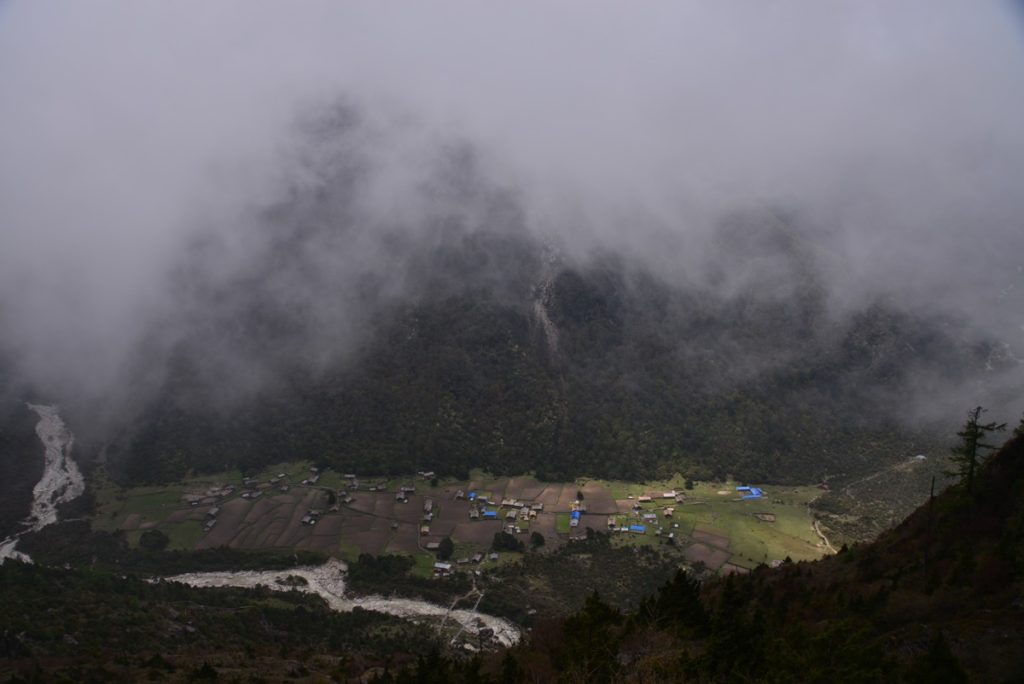
I strongly recommend spending two nights in Ghunsa. On the second day you can make a trip to a viewpoint on the west of the village. This trip will take you very close to 4,000 m.
After this, the trek from Ghunsa to Kambachen will take you very close to 4,100 m.
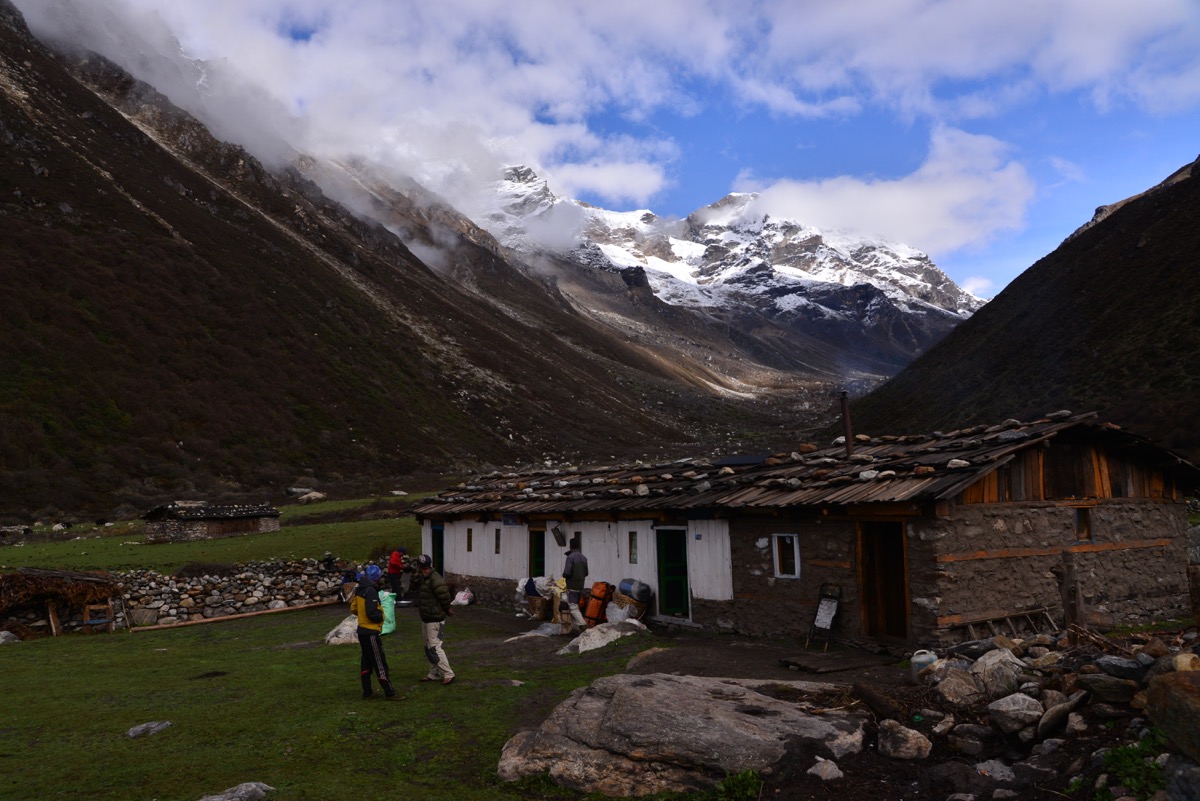
Again for acclimatization I recommend spending two nights in Kambachen. Here you can make a day trip to Jannu Peak Base Camp or just walk around the village.
Keep Yourself Hydrated
As well as acclimatization, another crucial thing during high altitude treks is to keep yourself hydrated by drinking enough water, and regularly. Don’t drink alcohol at higher altitudes. As Kanchenjunga is famous for its millet based alcoholic beverage called Tongba, which is served warm, you might just have to have one jug for the experiences! I did!
The Trail Itself
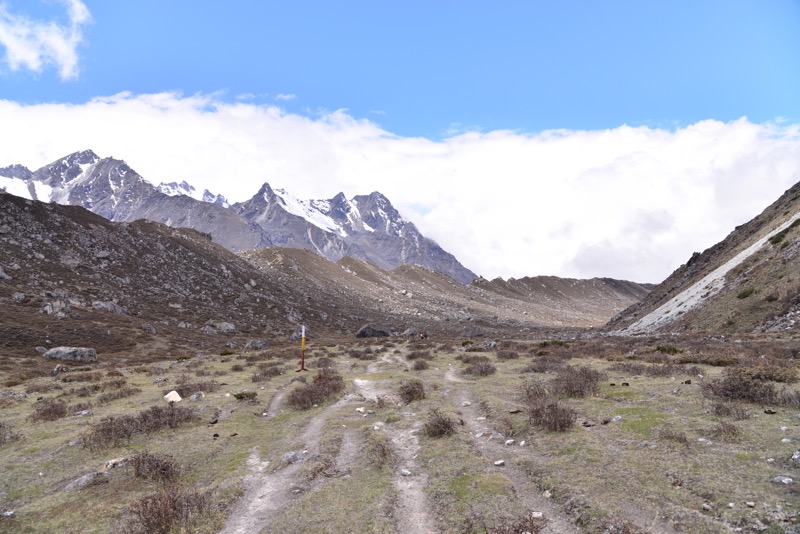
Overall, the trails in Kanchenjunga are stable and good. There is one small section between Ghunsa and Kambachen that is exposed and subject to rockfall.
Again a small section in between Torongding and Yamphuding on south side of Kanchenjunga passes through a landslide zone and can be unstable underfoot.
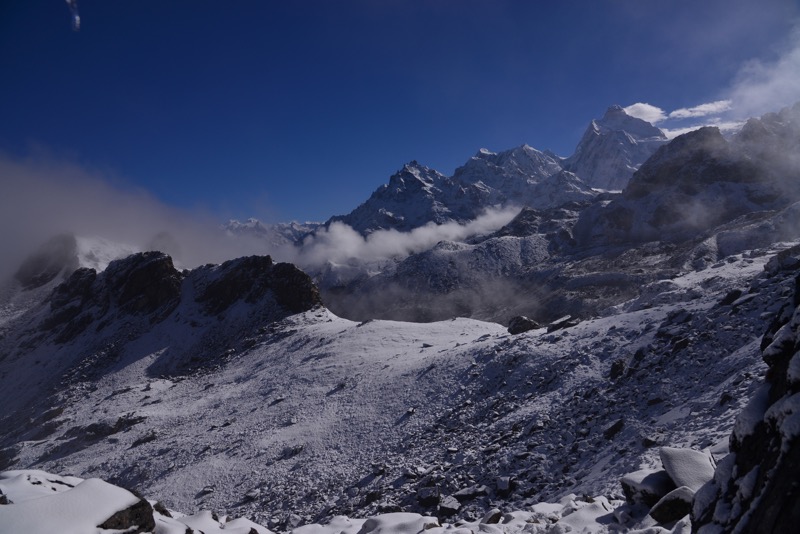
Finally, between Sele Le Pass Camp and Cheram the trail is rocky.
Do test your boots, and break them in by wearing them before coming to Nepal. Get used to using a walking pole, which can save you from a twisted ankle.
Basic Food and Accommodation
Unlike other popular treks in Nepal Kanchenjunga has limited and basic accommodation.
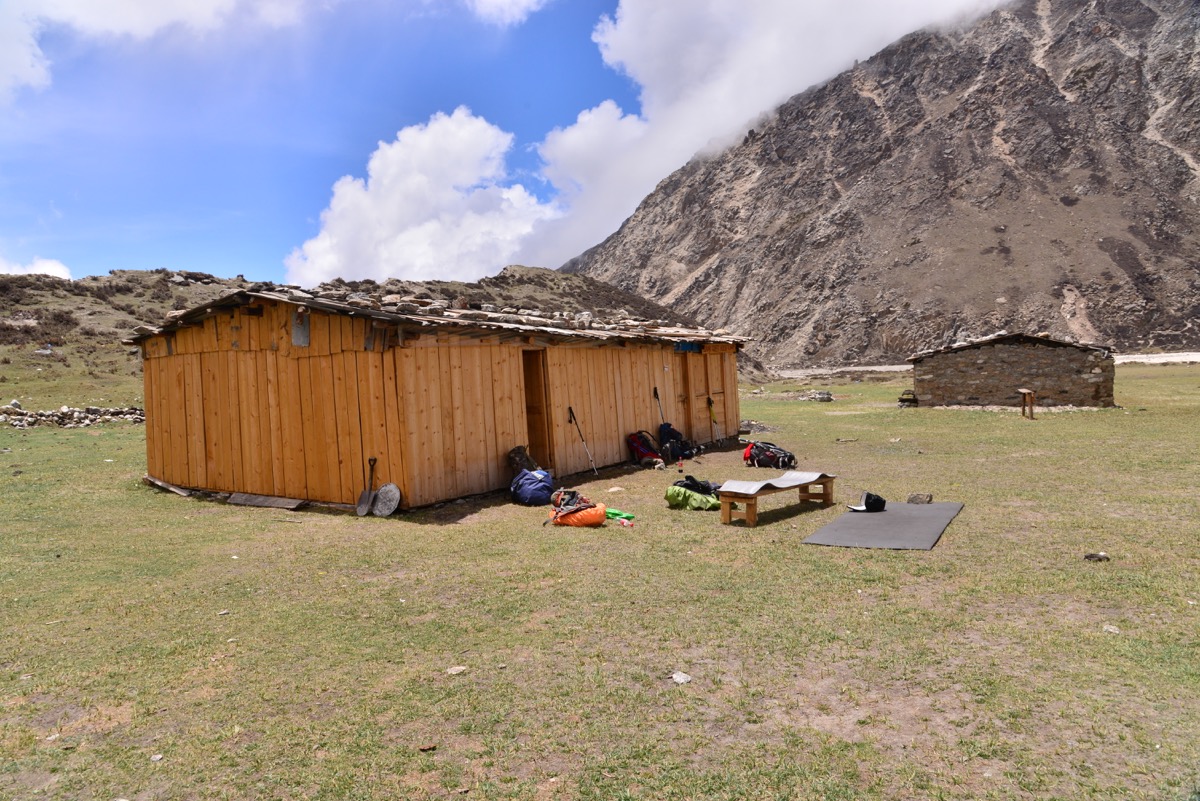
Bring your sleeping bags although a sleeping mattress is not really required. Teahouses in Lhonak, Pang Pema, Sele Le Pass and Ramche don’t have toilets. Be aware and prepared!
Similar to accommodation, the variety of food is also limited on the Kanchenjunga circuit trek.
With less trekkers the locals do not feel the need to invest in a professional cook. Rather the teahouse owners prepare themselves. I have also seen some of the trekking porters and guides helping in the kitchen to prepare food.
Your Own Hygiene
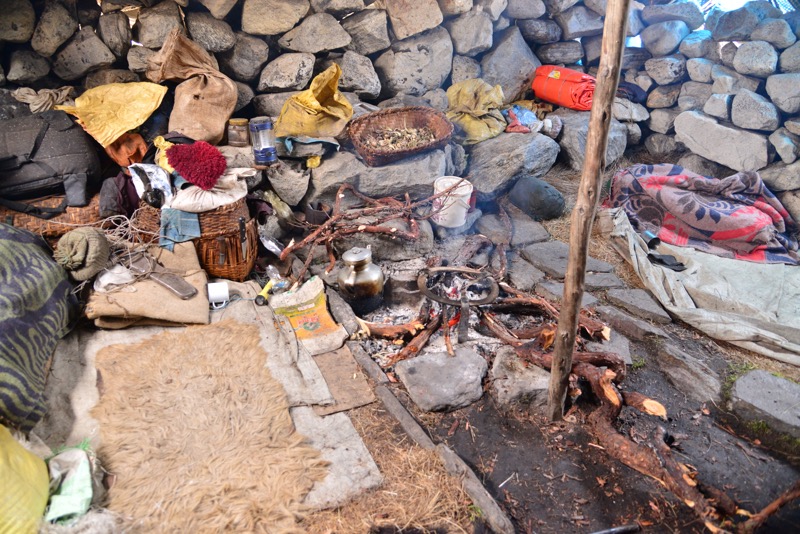
While the food is organic and fresh you should pay very good attention to your personal hygiene. Always use hand sanitizer.
Extra Time
My last recommendation would be to have at least a few buffer days at the end of trip in case of delays. You can plan visits in and around Kathmandu with these days. Or relax in nearby Nagarkot etc. What I mean is don’t book your international flight for the day after expected trek completion day. Trust me on this! You will have peace of mind if you book your international flight a few days later. And having this peace of mind on a long high altitude trek like the Kanchenjunga circuit trek is worth its weight in gold!
By booking a private trip, as opposed to going with a large group, you can keep those buffer days for the end of the trip or utilize them by staying an extra day on the trail if and when you need it.
